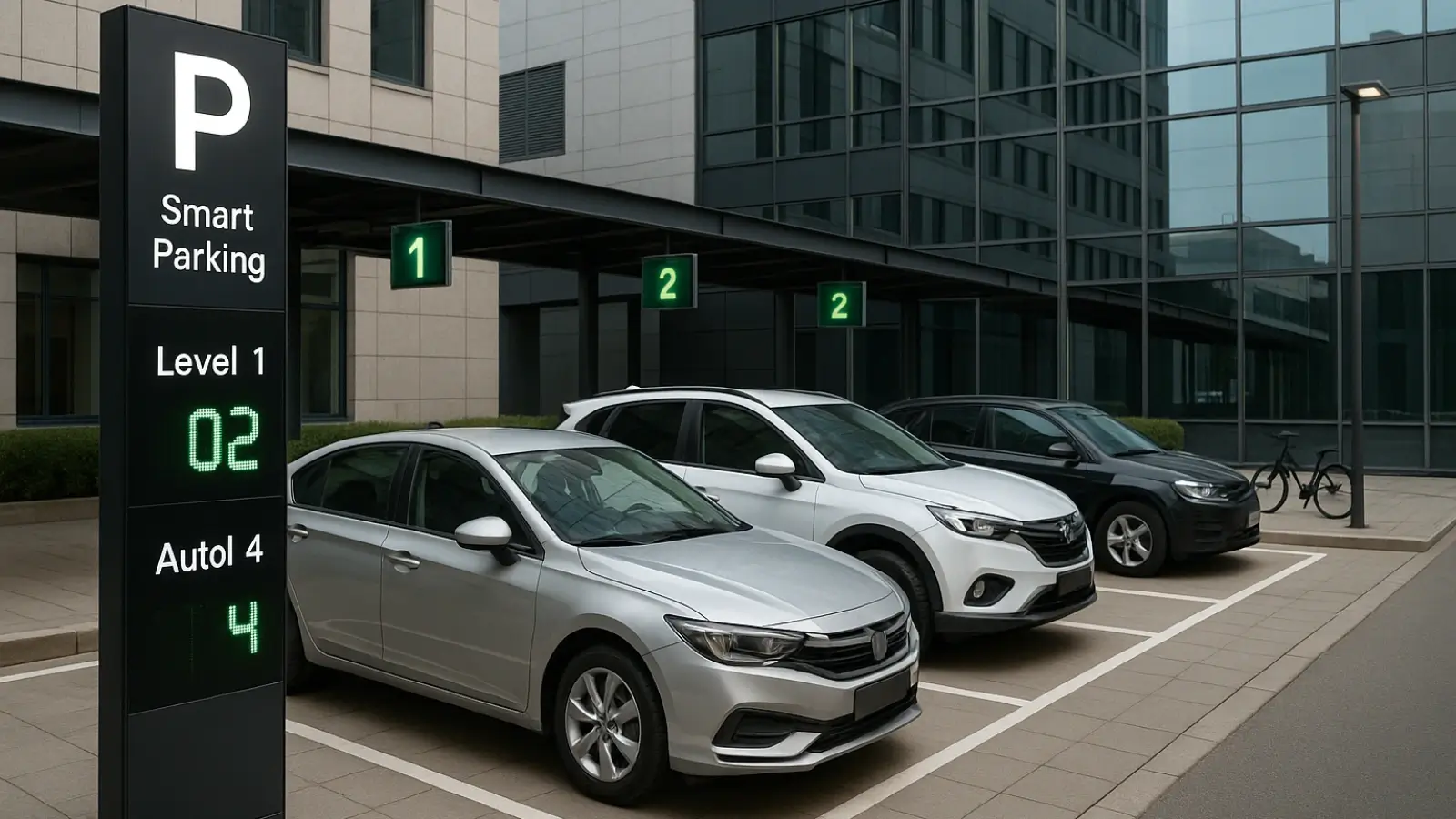There are millions of apps out there. Some stick. Some don’t. Want to know the real reason? A lot of it boils down to mobile app features, which is not just about what your app does but how well it does it. If you opt for mobile app development services, in the first discussion around, you'd probably be discussing the mobile app features.
If you’ve been around the product team for a while, you would know what the majority of stakeholders want. Some want “AI-powered everything,” some want to build generative AI-powered or AI agent-powered chatbots, and some others. Considering too many features can lead to scope creep.
In this blog, we’ve discussed the top 10 mobile app features that actually matter to users in the upcoming years and solve real problems.
1. Biometric Authentication
Let’s be very obvious when it comes to unlocking a phone or an app. Today’s people just don’t want to remember or type their login credentials every time.
What modern users find intriguing is an app supporting Face ID, Iris Scanner, or Fingerprints to unlock its realm. Then, why should your app be of that early smartphone generation’s app?
Biometrics integrated into your mobile app just makes users’ first experience with your app fast and secure. Missing out on this feature can only frustrate the login screen and make an app end up getting uninstalled.
2. AI-Powered Personalization
With this feature, there’s no intention of making you hyper-target app users in a creepy way.
AI-powered personalized UX is more about implementing helpful personalization recommendations that actually make sense and layouts that adapt to how users use the app.
Most of this can be handled with lightweight AI/ML models. All you are required to do is hire mobile app developers and data experts who understand the user journey and know how to remove friction.
3. Dark Mode and Theme Customization
The concept for including dark mode as well as theme customization has been moved from “nice to have” to “table stakes.” Along with other theme controls (such as font scaling or layout adjustments), it enhances usability for users with visual sensitivities or those browsing in low-light environments.
Though this feature seems very small on its own, it's pretty impactful for many users who love to have their own style of app theme. The inclusion of this feature in your mobile application not only leads to a better accessibility score but also more inclusiveness.
4. Offline Functionality
It is one of the most underrated features with quite an impact on user experience. Having real-time connectivity in a mobile app is indeed a plus point to have in your mobile app, but it isn’t always guaranteed.
How about your users traveling somewhere, on a plane, in the basement parking lot, in remote areas, or in enterprise settings with field operations? In that scenario, offline functionality makes sure that your users can access essential features, continue tasks, and sync progress once reconnected.
When we say offline access, it means the ability to save content, fill out a form, or write a draft. Implementing these enablements can make your app feel centimes more reliable.
5. Voice Search and Voice Commands
When we see the stats, around 90% of users find voice search easier, 89% more convenient, and 87% faster than typing. Well, voice search isn’t for every app, but it’s valuable where hands-free usage makes sense. It improves app navigation, users’ productivity, and search experience.
Voice search is also a huge accessibility win. And yes, people do use it. It’s not just for smart speakers anymore.
6. Push Notifications with Smart Targeting
Push notifications are known as the best re-engagement tool to call your users back to using the app if used smartly. Otherwise, it can fast-track to an uninstall.
Nowadays, many apps are using personalized push notifications that relate to users to call them back to the app. So, if you integrate this feature into your app and configure it to be sent in a personalized, relevant, and timely manner, it can really work in your business’s favor.
7. In-App Chat Support (Human + AI Chatbots)
Nowadays, people want to have quick replies to everything. They don’t want to hunt for a “Contact Us” page or send an email and wait three days.
Having built-in chat support that’s AI-powered along with human-assisted can enable users to get a seamless resolution to issues or questions without leaving the app.
This feature is valuable in finance, logistics, healthcare, and SaaS products, where real-time guidance is important for better user satisfaction and reduced churn.
8. Seamless Cross-Platform Experience
We’re all switching between devices—phone on the go, tablet at home, maybe a laptop at work. The important thing is, no matter from which device you’re using that app, it should feel the same on all of them.
That’s where the concept of cross-platform app development comes in, as well as progressive web apps (PWAs), which enable developers to maintain consistency in performance, design, and functionality across platforms. This feature not only reduces development overhead but also user satisfaction.
9. Seamless and Secure Payment Integrations
In 2025, the online shopping cart abandonment rate has reached 70.19%, according to Statista. Let us tell you, people abandon carts for dumb reasons. So, if your app sells anything like products, subscriptions, or whatever, your payment process needs to be fast, familiar, and secure.
Don’t assume everyone wants to type in their credit card number from scratch. Make it smooth. Make it secure. Make it one tap if you can, and then see the magic.
An optimized checkout flow reduces drop-offs, supports subscription models, and creates a seamless pathway from discovery to transaction.
10. Real-Time Data Sync and Cloud Backup
There’s nothing worse than switching phones or reinstalling an app and realizing all your data is gone.
In this digital world, where cloud connectivity is available, then why not leverage it? Cloud sync fixes all your data accessibility-related issues. Whether it’s profile, settings, saved progress, or anything that the user wants to be synced in real-time, cloud backups ensure users never lose progress, preferences, or purchases.
This feature becomes vital for applications in productivity, learning, finance, and B2B contexts where trust and continuity are critical for long-term retention.
Final Take
Not every app needs every fancy feature. But these ten? They’re the ones users care about. The ones that make work easier, not harder.
And in a world full of apps doing just enough, your mobile app with meaningful and value-adding features can go a step further, making people keep using, talking about, and recommending it.
So, if you’re building a mobile app strategy in 2025, prioritizing these features early in your roadmap can set your product up for both immediate adoption and long-term growth.

















